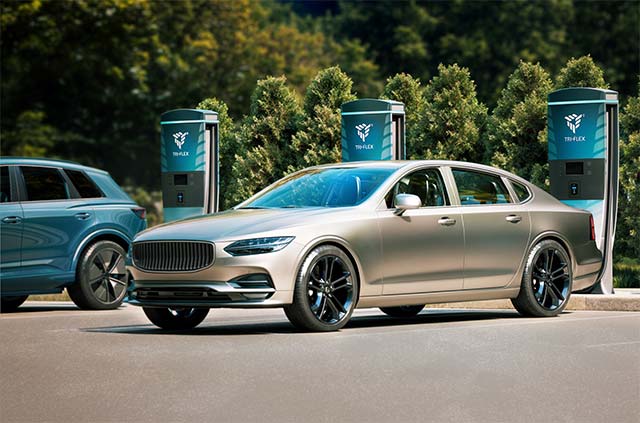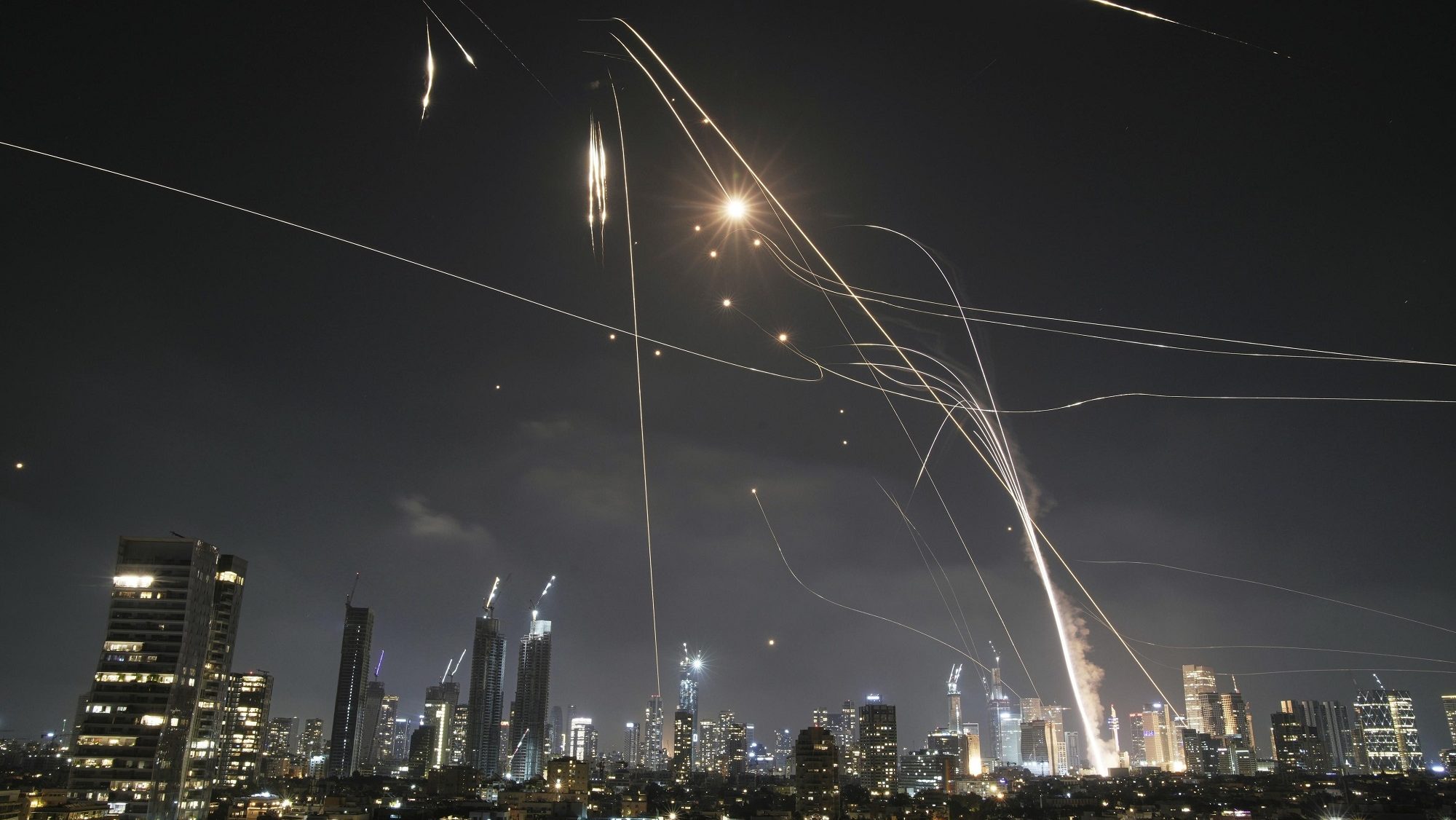Early bird catches the WEC: why Le Mans mornings are the best
Compare with Saturday night, Sunday morning at Le Mans is a different world Common logic holds that the Le Mans 24 Hours is at its most magical at night. And sure, it’s incredible watching hypercars blast past in the dark at close to 200mph – but the rest of it can be a bit much. On Saturday night, the Circuit de la Sarthe morphs into a big party venue, and it can be an overwhelming sensory experience. The humidity that can build over Le Mans in mid-June clings on after nightfall, making it stifling and uncomfortable. And there’s a mass of humanity everywhere, drinking, partying and swirling in and out of the spectator zones, funfair and campsites. With all this and the bright lights, loud noises and smells of various foods being cooked, it’s loud, bustling and boisterous. For someone who isn’t much of a partying type, it’s a lot, and I’m always relieved to escape the mayhem. Besides, there’s a much better time to enjoy Le Mans. You just need to get up early: because compared with Saturday night, Sunday morning at Le Mans is a different world – and, in my mind, an immeasurably better, more pleasurable one. The humidity fades overnight, and as the sun breaks under clear skies, it’s usually fresh and welcoming. And, aside from the 50-plus high-powered race cars roaring round, it’s peaceful. The throngs of fans have melted away, aside from a handful of fellow early starters (and the odd late-night reveller asleep on the ground), so you have your run of prime spectator spots. And the spectating is amazing. On Saturday night the race is essentially the backdrop to a huge party, but on Sunday morning it regains centre stage. It’s a time for purists. By this stage, the ‘story’ of the race has been established, so you know which cars to keep an eye on and which gaps to monitor. Cool temperatures mean fast lap times, and even if the race has settled down, it’s far too early for anyone to back off. You can study each driver’s lines, listen to the differences in engine notes and appreciate the striking difference in performance between the classes. It’s also a great time to realise just how tough this race is. By dawn on Sunday, the cars are approaching two-thirds distance, so there are ‘only’ nine or 10 hours left. That doesn’t sound much in the context of a 24-hour race, but that’s still five grands prix. That’s when you appreciate how challenging a 24-hour race is and what an experience it is to witness – especially in a calm, quiet moment of solitude. In a few hours, the temperature will ramp up, the spectator areas will start to fill in readiness for the finish and Le Mans will start to feel like one of the world’s great mass spectator events again. My tip: get up early and enjoy the calm while you can.

 Compare with Saturday night, Sunday morning at Le Mans is a different world
Compare with Saturday night, Sunday morning at Le Mans is a different world
Common logic holds that the Le Mans 24 Hours is at its most magical at night. And sure, it’s incredible watching hypercars blast past in the dark at close to 200mph – but the rest of it can be a bit much.
On Saturday night, the Circuit de la Sarthe morphs into a big party venue, and it can be an overwhelming sensory experience. The humidity that can build over Le Mans in mid-June clings on after nightfall, making it stifling and uncomfortable.
And there’s a mass of humanity everywhere, drinking, partying and swirling in and out of the spectator zones, funfair and campsites. With all this and the bright lights, loud noises and smells of various foods being cooked, it’s loud, bustling and boisterous.
For someone who isn’t much of a partying type, it’s a lot, and I’m always relieved to escape the mayhem.
Besides, there’s a much better time to enjoy Le Mans. You just need to get up early: because compared with Saturday night, Sunday morning at Le Mans is a different world – and, in my mind, an immeasurably better, more pleasurable one.
The humidity fades overnight, and as the sun breaks under clear skies, it’s usually fresh and welcoming. And, aside from the 50-plus high-powered race cars roaring round, it’s peaceful.
The throngs of fans have melted away, aside from a handful of fellow early starters (and the odd late-night reveller asleep on the ground), so you have your run of prime spectator spots.

And the spectating is amazing. On Saturday night the race is essentially the backdrop to a huge party, but on Sunday morning it regains centre stage. It’s a time for purists.
By this stage, the ‘story’ of the race has been established, so you know which cars to keep an eye on and which gaps to monitor.
Cool temperatures mean fast lap times, and even if the race has settled down, it’s far too early for anyone to back off. You can study each driver’s lines, listen to the differences in engine notes and appreciate the striking difference in performance between the classes.
It’s also a great time to realise just how tough this race is. By dawn on Sunday, the cars are approaching two-thirds distance, so there are ‘only’ nine or 10 hours left. That doesn’t sound much in the context of a 24-hour race, but that’s still five grands prix.
That’s when you appreciate how challenging a 24-hour race is and what an experience it is to witness – especially in a calm, quiet moment of solitude.
In a few hours, the temperature will ramp up, the spectator areas will start to fill in readiness for the finish and Le Mans will start to feel like one of the world’s great mass spectator events again. My tip: get up early and enjoy the calm while you can.
















































































































































